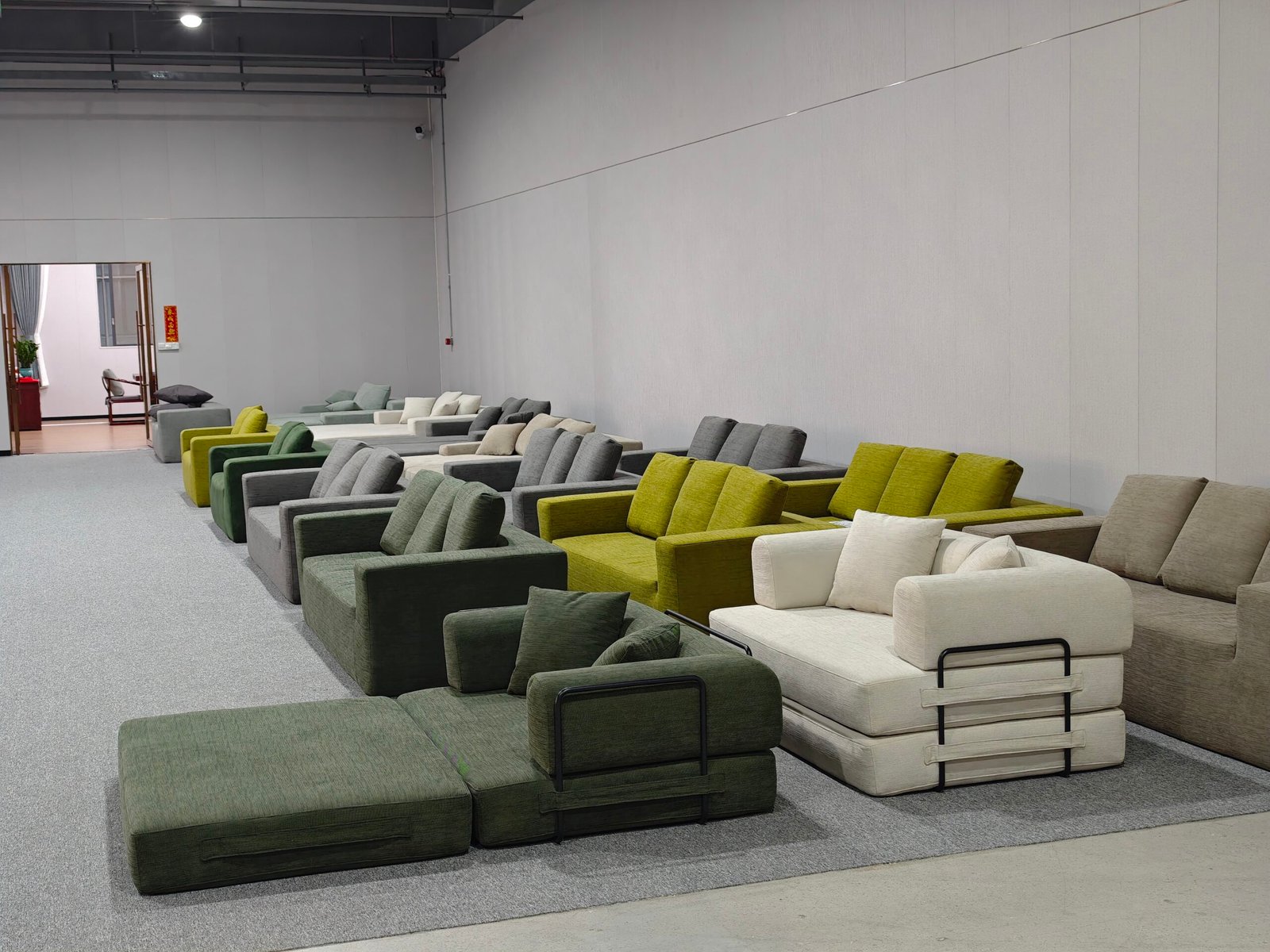
If your living room furniture could help the planet, would you care more? Sustainability isn’t just a trend—it’s a decision we make every day, including what we sit on.
Compression sofas are more sustainable than traditional sofas because they use eco-friendly materials, reduce transportation emissions, and promote long-term durability.
We care about sustainability, but we also want comfort, convenience, and affordability. Compression sofas seem like a smart choice—but how green are they, really? Let’s explore together.
What materials make compression sofas more eco-friendly?

Can your sofa really be made from recycled bottles? That sounds impossible—but it’s true.
Compression sofas often use memory foam and recycled fabrics, making them both comfortable and environmentally responsible.
Memory Foam: The Smart Cushion
Memory foam is popular in compression sofas for a reason. It conforms to the body, offers support, and rebounds well even after compression. But not all memory foam is created equal. Some manufacturers use eco-based polyols—plant-based ingredients that reduce dependence on petroleum. Others lower chemical emissions in the production process.
Recycled Fabrics: Waste Turned to Wonder
The fabrics covering these sofas are often made from post-consumer waste like PET plastic bottles. After sorting, cleaning, and processing, these bottles turn into durable yarns used for sofa covers.
Here’s a quick comparison:
| Material | Traditional Sofa | Compression Sofa |
|---|---|---|
| Foam type | PU foam | Eco-friendly memory foam |
| Fabric type | Virgin polyester/cotton | Recycled PET or organic fabrics |
| Material sourcing | High emissions | Sustainable, often local or recycled |
These smart material choices mean every sofa has a smaller footprint—without compromising on quality or style.
How are compression sofas made more sustainably?
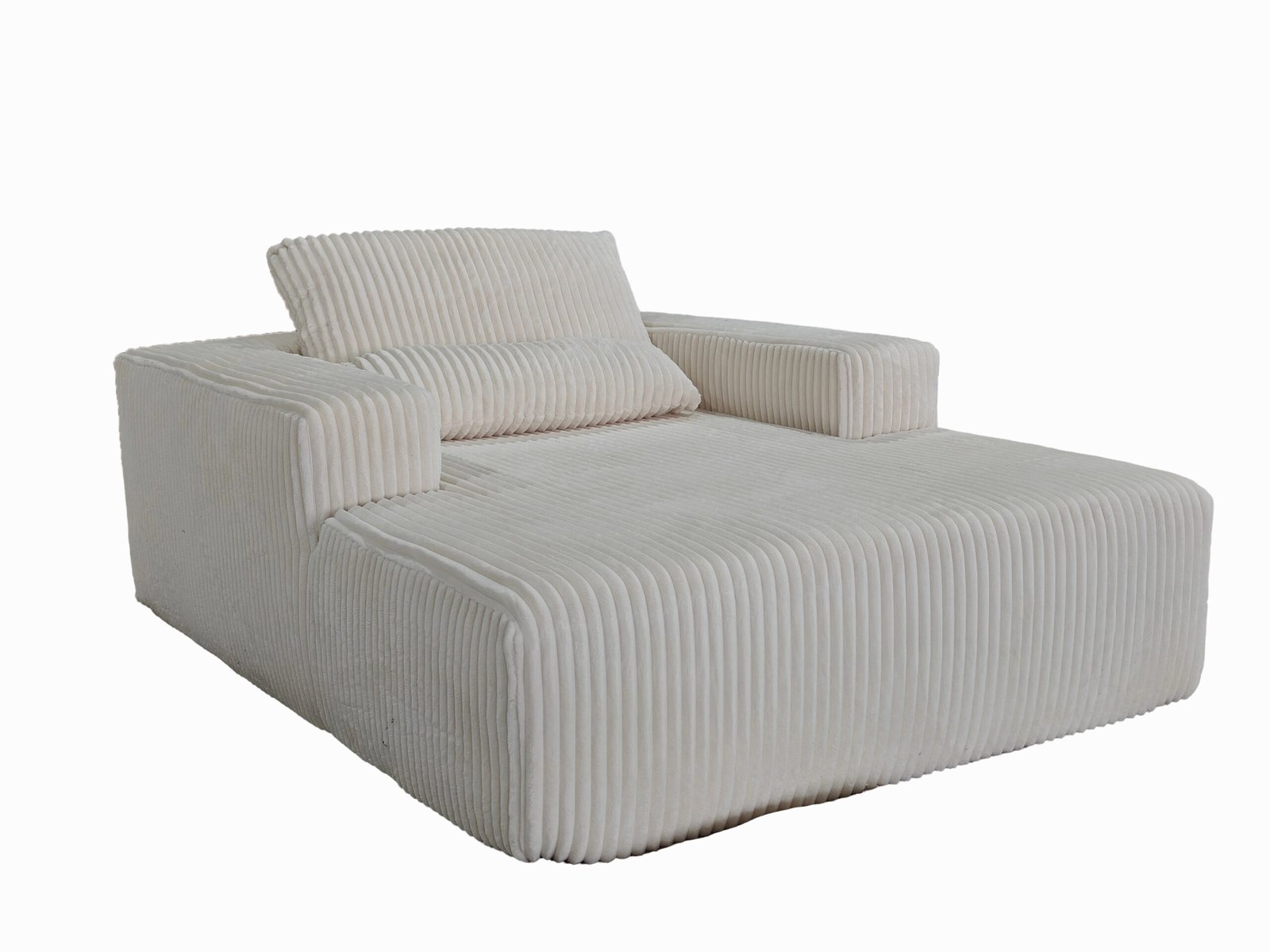
We often forget what happens behind the scenes. But the manufacturing process is just as important as the final product.
Compression sofas are produced using efficient, low-emission processes that minimize waste and energy use.
Clean Factories, Less Waste
At HSM, we operate 10+ automated production lines, where machines are optimized to reduce fabric cuts, foam scrap, and water waste. We also reuse leftover materials in the next production cycle—especially offcuts of fabric and foam.
Fewer Emissions, Better Air
Traditional sofa factories can release VOCs (volatile organic compounds). That’s why we’ve upgraded to closed-loop foam systems and water-based adhesives, reducing air pollution and worker exposure.
Precision Meets Sustainability
Every stitch, cut, and press is done with accuracy. We use CAD-based design and smart cutting machines to optimize patterns, minimizing leftover scraps and improving consistency.
In short, from start to finish, our production processes are built with sustainability in mind.
Do compression sofas last as long as traditional ones?
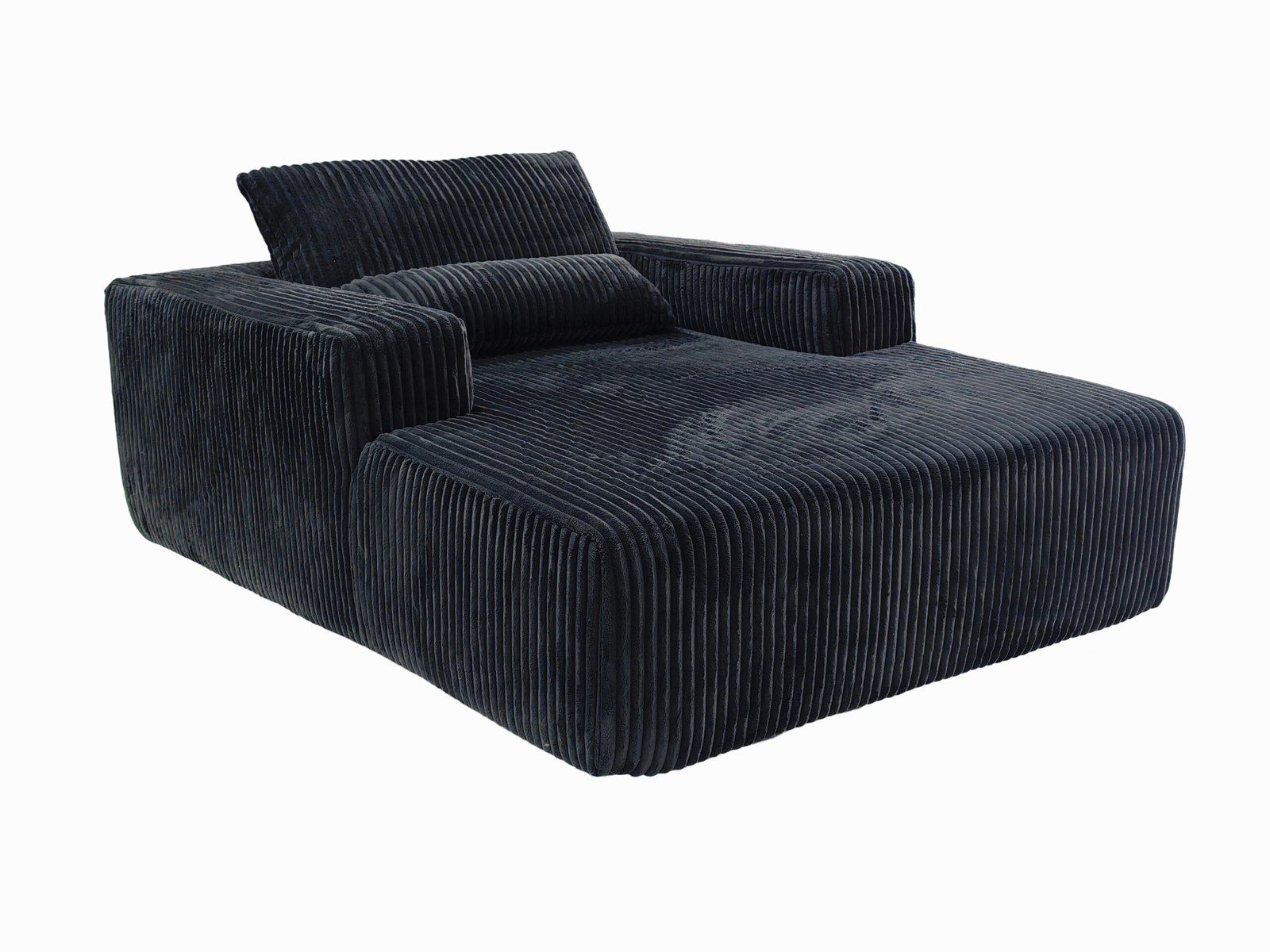
“Isn’t something that compresses going to break faster?” It’s a fair question—and the answer might surprise you.
Compression sofas often last as long or longer than traditional sofas, thanks to durable materials and smart construction.
Built to Bounce Back
Memory foam is a resilient material. It can handle being compressed, stored, and re-expanded without losing its shape. When paired with strong stitching and flexible frames, it resists sagging and damage.
Longer Life = Less Waste
A sofa that lasts 10 years creates half as much landfill waste as one replaced every five. We encourage customers to follow a few simple tips:
- Vacuum the fabric weekly to prevent dirt buildup
- Rotate cushions to spread wear
- Avoid direct sun, which fades fabrics over time
Durability means fewer sofas produced, less energy used, and less waste at the end.
How does transportation affect the carbon footprint?
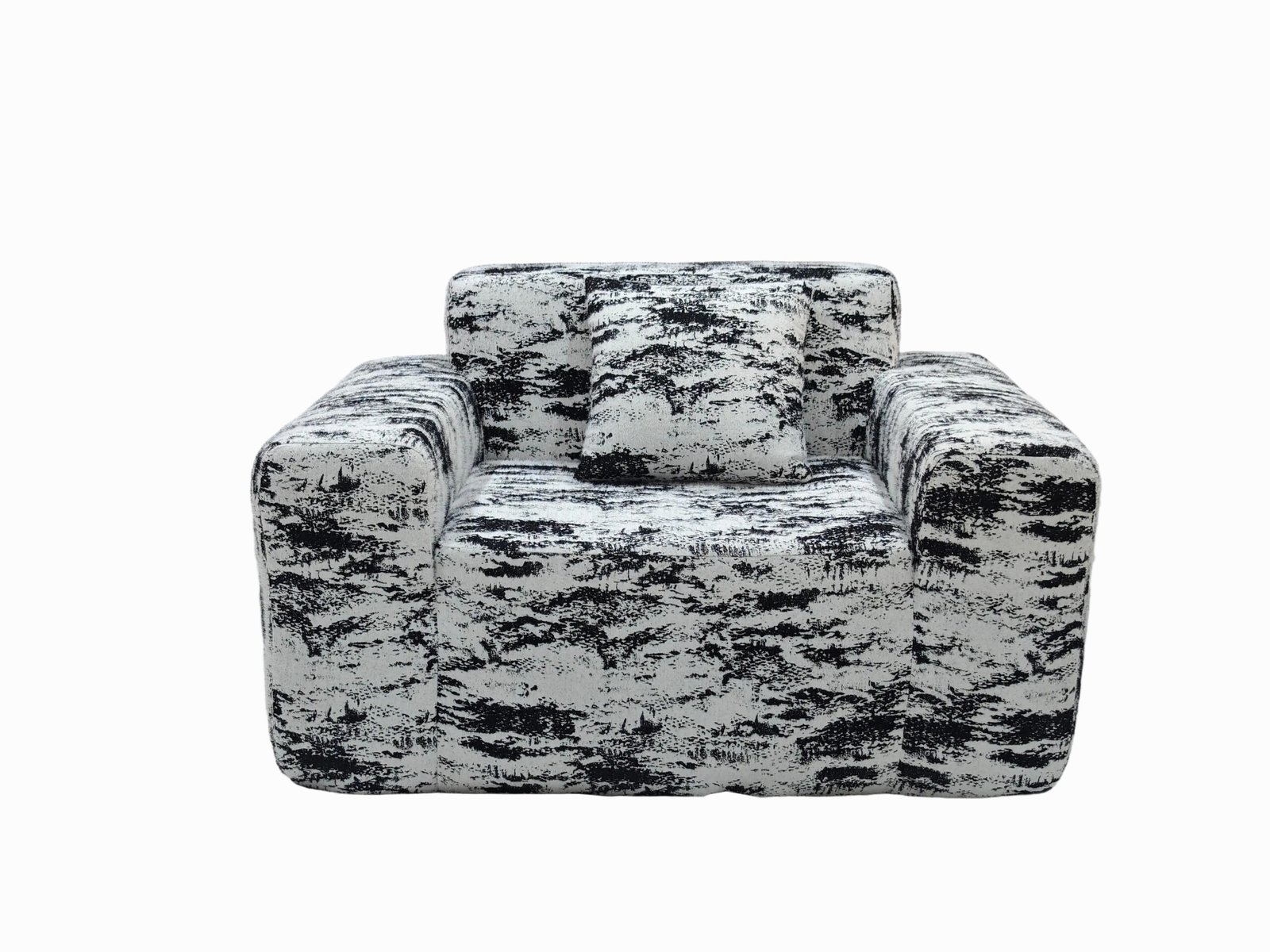
Shipping furniture is a logistics nightmare—unless your sofa can shrink.
Compression sofas reduce shipping volume by up to 70%, lowering transportation emissions and packaging waste.
Smaller Packages, Greener Shipping
Traditional sofas are bulky. They take up lots of space in trucks and containers. But a compressed sofa? It can be packed flat in a box, like a mattress. That means more sofas per container and fewer trips needed.
Sustainable Packaging
We use biodegradable wrap, recyclable cartons, and minimal plastic in every shipment. Our packaging is strong enough to protect your sofa—but light enough to reduce waste.
| Shipping Factor | Traditional Sofa | Compression Sofa |
|---|---|---|
| Container capacity | ~30 sofas | Up to 90 sofas |
| Packaging materials | Foam, plastic wrap | Recycled cardboard |
| Carbon emissions/unit | High | Significantly lower |
Less packaging, less fuel, and more efficient transport—it’s a win all around.
What happens when a compression sofa reaches the end of its life?
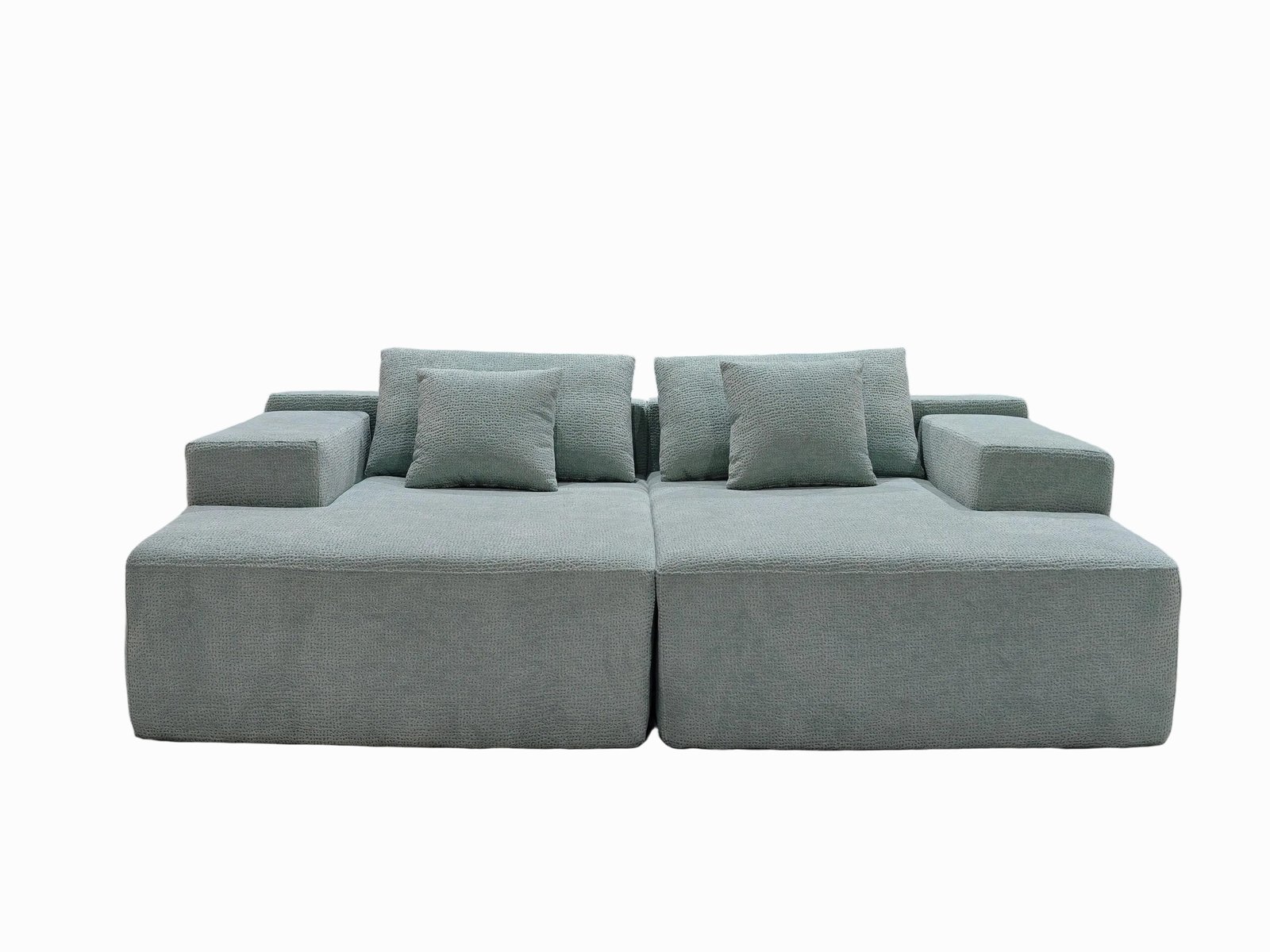
Even the best sofa won’t last forever. But that doesn’t mean it has to end up in a landfill.
Most parts of a compression sofa can be recycled or repurposed, keeping waste out of landfills.
Break It Down, Build It Up
- Memory foam can be shredded and reused in carpet padding or soundproof panels
- Recycled fabrics can be turned into insulation or textile fillers
- Wood or steel frames can be donated or repurposed for DIY projects
Some brands (like ours) even offer take-back programs—we help you recycle old sofas when you buy a new one.
Circular Economy in Action
This idea of reuse and recycling helps build a circular economy. Instead of a linear system (buy, use, dump), we close the loop by turning waste into resources.
So next time your sofa’s journey ends, know that a new one may begin from its parts.
How does consumer behavior impact sustainability?

Sofas don’t live sustainably on their own—it’s what we do that matters.
Consumers play a big role in sustainability by choosing responsibly, maintaining sofas, and recycling them at the end.
What You Can Do:
- Buy smart: Choose sofas made with recycled and durable materials.
- Take care: Regular cleaning and rotating cushions keep it fresh.
- Repurpose: Don’t dump—donate, upcycle, or recycle when it’s time to move on.
Think of your sofa as an investment—not just in your home, but in the environment.
Our Promise to You
At HSM, we commit to helping you save time and reduce waste. From design to delivery, every step is made with care—for your comfort, and for the planet.
Conclusion
Compression sofas are more than a smart design—they’re a smarter choice for our future.